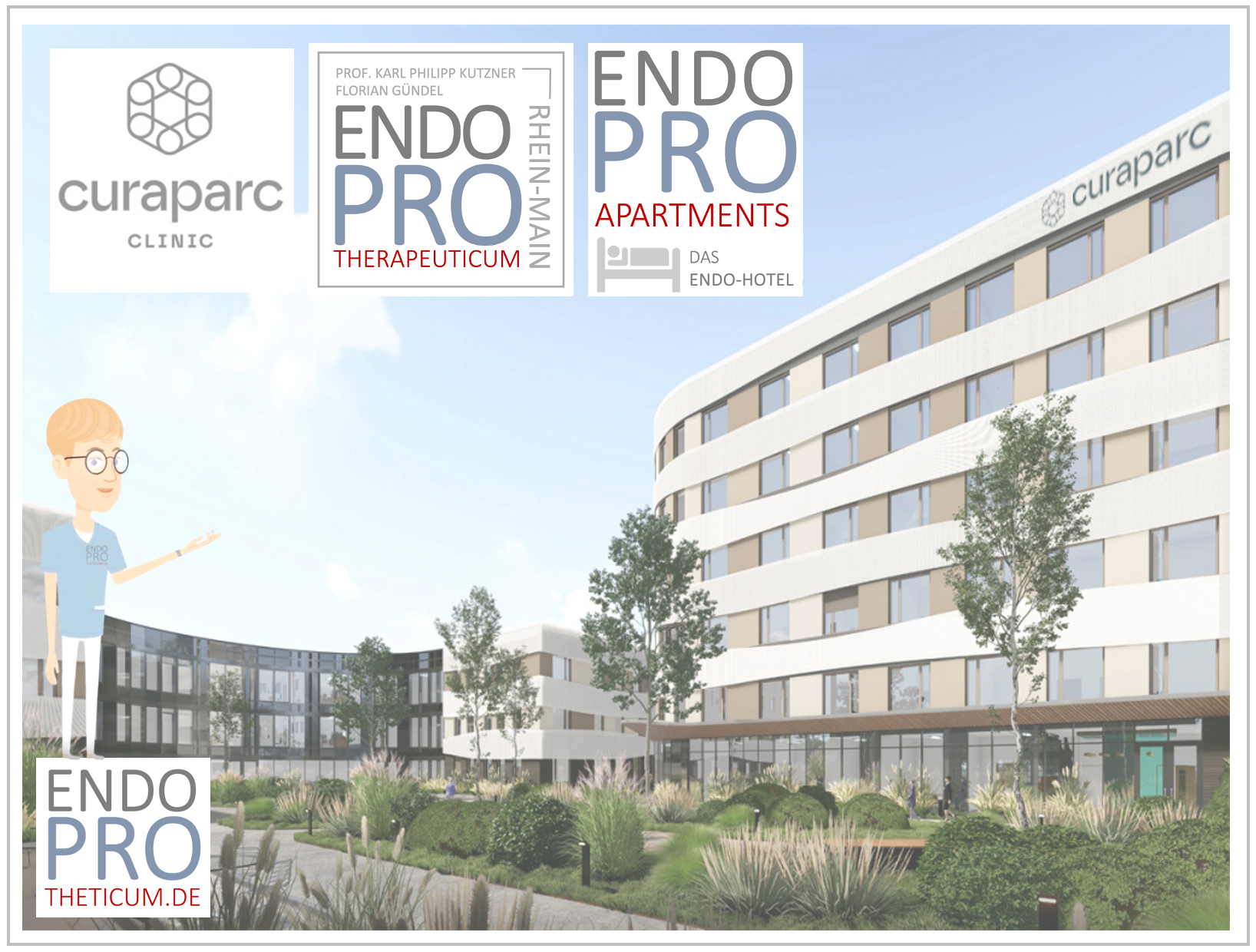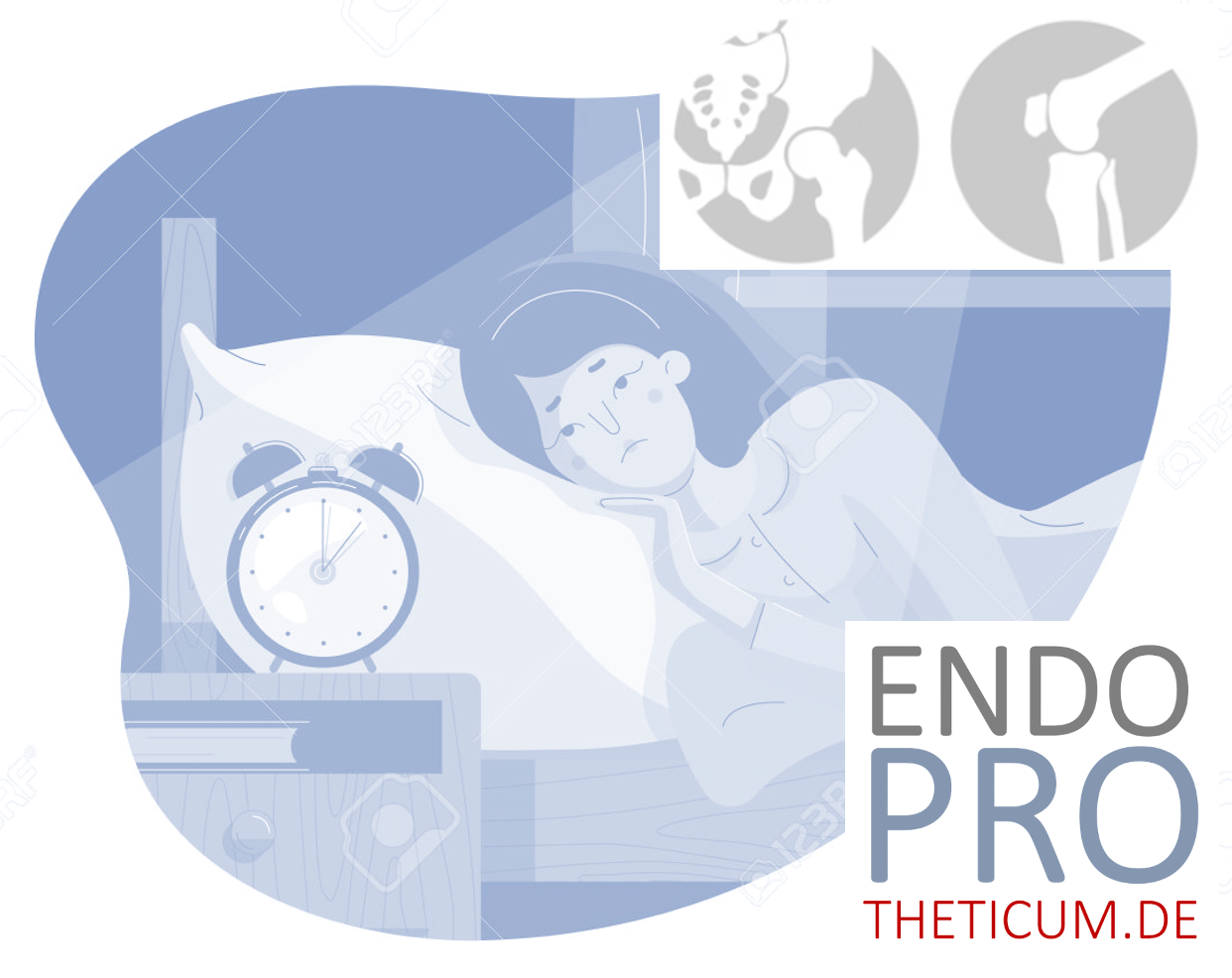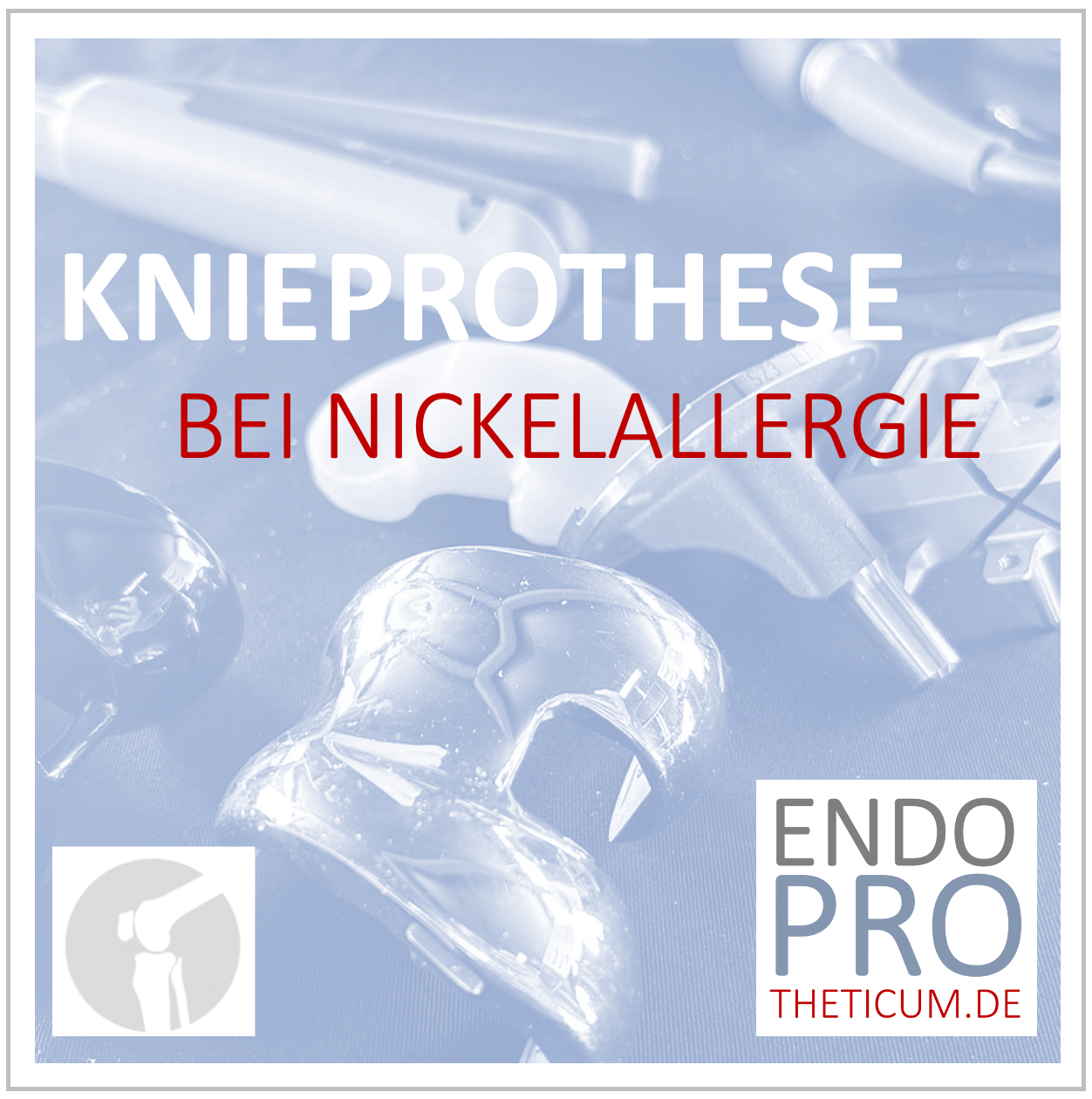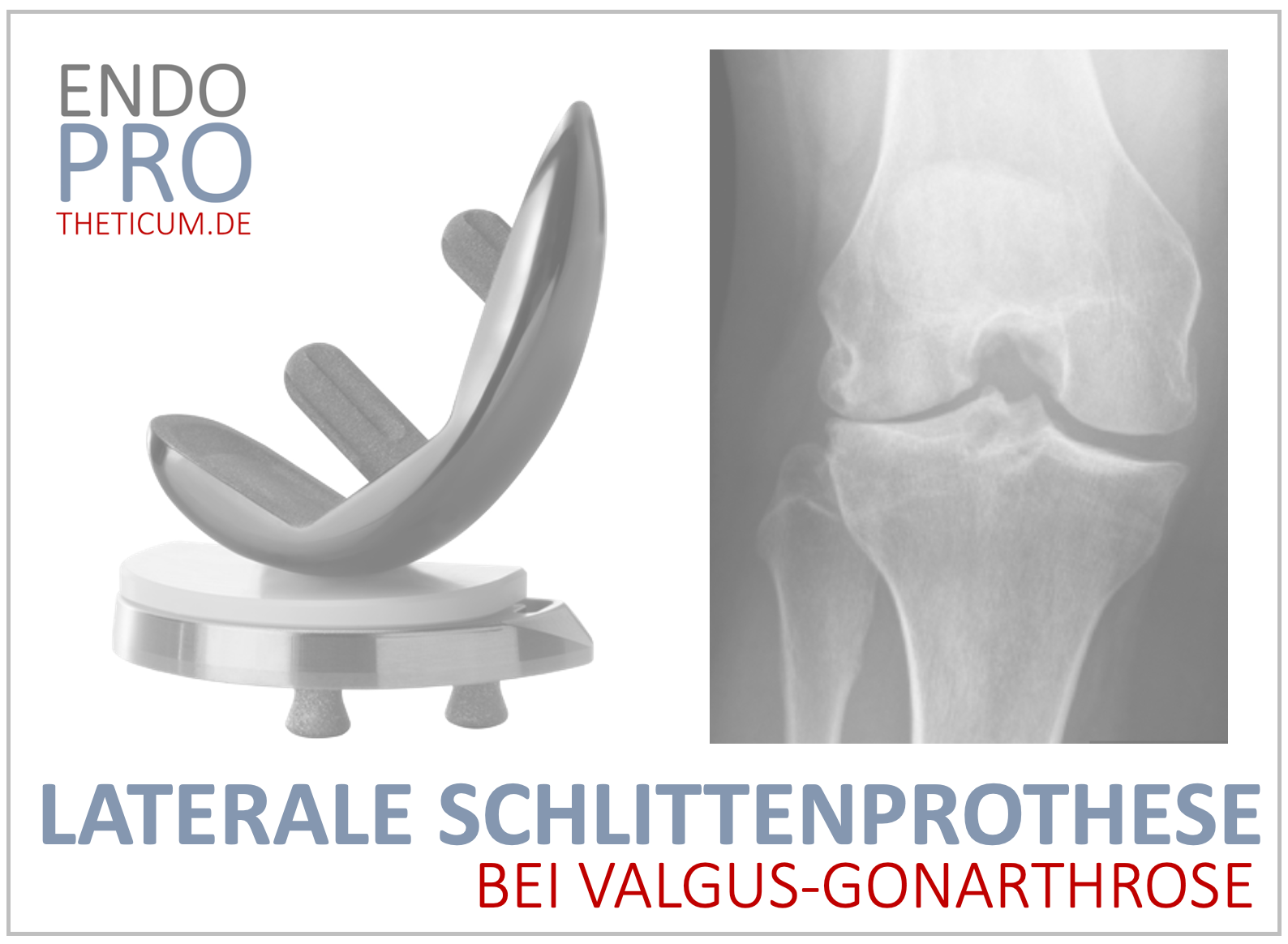Pain after knee replacement – how long is it normal?
How long does pain usually last after knee replacement?
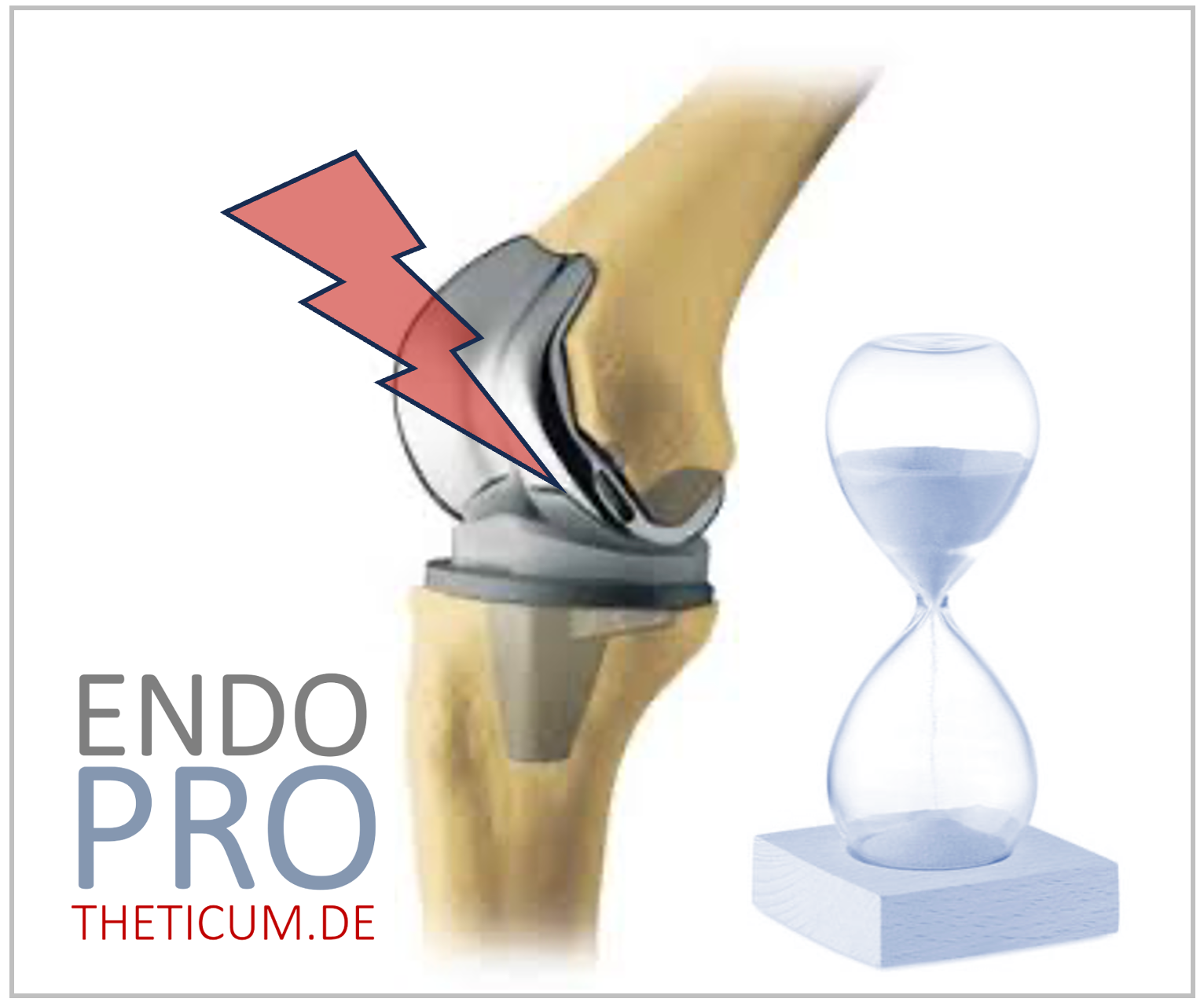
A knee replacement – also knee arthroplasty (TKA) – is one of the most common and successful orthopedic surgeries today. Millions of such procedures are performed worldwide every year. For most patients, it means an end to long-standing osteoarthritis pain, a significant improvement in quality of life, and a return to a more active daily life.
But almost every patient asks themselves the same question after surgery: "How long is pain normal after a knee replacement?" Many experience discomfort in the first few weeks, some even for months. Sometimes the pain is to be expected, but sometimes it indicates a problem.
This detailed blog article explains step by step:
- which pain phases are common after a knee replacement,
- how the symptoms change over time ,
- what causes can be behind long-lasting pain,
- which therapy and rehabilitation measures help,
- and when it makes sense to consult a knee specialist .
Why the knee hurts after a knee replacement
A knee replacement is a major procedure: The worn-out joint cartilage is removed, the bone surfaces are prepared, and the artificial implant is inserted. Even though modern surgical techniques have become more minimally invasive and less damaging to the tissue, a surgical wound inside the joint.
Typical causes of pain in the first few weeks:
- Wound pain caused by cutting and tissue processing
- Swelling and inflammation as a normal reaction to surgery
- Irritation of muscles, tendons and ligaments that have to get used to the new biomechanics
- Nerve irritations that can cause numbness or pulling pain
It's therefore perfectly normal for the knee to be slightly pain-free after surgery. The timing : Pain should improve from week to week—not worsen.
Typical duration of pain after total knee replacement – what to expect
Phase 1: The first 2 weeks – acute pain
The pain is most severe immediately after surgery. This is due to the wound, swelling, and the strain of the first walking exercises.
- Painkillers are necessary and useful during this time.
- Cooling, elevation and early physiotherapy support healing.
- Night pain and pressure are common and completely normal during this phase.
Phase 2: Weeks 2 to 6 – the transition phase
Many patients now notice a significant reduction in pain. However, discomfort still occurs when the knee is stressed—for example, when walking, climbing stairs, or during physical therapy.
- Typical symptoms include pulling pain in muscles and ligaments.
- Swelling may occur after walking long distances.
- Initial progress in mobility and everyday suitability is motivating.
Phase 3: Weeks 6 to 12 – the consolidation phase
During this time, the resting pain disappears almost completely for most sufferers. Pain during exertion remains, but continues to decrease.
- Many can go on longer walks again.
- Driving is often possible again.
- Everyday tasks also become easier.
Phase 4: Months 3 to 12 – the finishing touches
The knee needs time to fully adapt to the prosthesis. Muscle strength, mobility, and coordination improve gradually.
- Residual symptoms, such as mild initial pain, can occur for up to a year.
- Scar problems or sensitivity to the weather are also not uncommon.
- With targeted physiotherapy, the results can be further optimized.
Managing expectations: realistic goals after knee replacement surgery
Realistic expectations are crucial for patient satisfaction. Many patients expect complete pain relief immediately—this is rare. The goal of total knee arthroplasty is usually a significant reduction in chronic pain, restoration of function and mobility , improved quality of life, and a return to daily life/work/hobbies. The greatest pain reduction often occurs after the first three months; further improvements follow over months. For a minority, residual pain persists.
When pain is no longer normal
Although pain may persist to some extent for up to 6 or even 12 months, there are clear warning signs:
- not decrease over time , but rather becomes more severe.
- New pains arise that were not there before.
- The knee is persistently red, hot, or severely swollen .
- Fever, chills or wound discharge indicate an infection .
- Sudden pain in the calf or shortness of breath can be signs of thrombosis or embolism .
In such cases, seek immediate medical advice!
Causes of persistent pain after knee replacement surgery
The symptoms don't always disappear as expected. About 10–20% of all patients experience pain months after surgery. There are many possible reasons for this:
- Scar and soft tissue pain – especially in cases of severe scarring.
- Misalignments or muscular imbalances – when the joint is not optimally aligned.
- Infections – rare but serious; require immediate treatment.
- Implant loosening or material problems – usually only after years, but also possible sooner.
- Thrombosis or vascular problems – lead to swelling and pressure pain.
- Chronic pain due to pain processing disorders – particularly affects patients with pre-existing pain syndromes.
Pain management around knee replacement – what really helps?
Medications
- Paracetamol and NSAIDs (e.g. ibuprofen, diclofenac) are the basis.
- Opioids only for a short time in the acute phase.
- Local applications (ointments, cooling, compression) provide additional relief.
physical therapy
- Exercises promote joint function.
- Strength training stabilizes the knee.
- Gait training helps to avoid incorrect loading.
Rehabilitation measures
- Outpatient or inpatient rehabilitation ensures long-term success.
- Self-exercises at home are also crucial.
Multimodal pain therapy
Chronic pain often requires a combination of medication, physiotherapy, psychological support and special pain therapies.
How long pain is normal – the facts at a glance
- 0–2 weeks: severe pain normal, controlled by medication.
- 2–6 weeks: significant improvement, pain on exertion remains.
- 6–12 weeks: Pain at rest is almost non-existent, pain on exertion slowly subsides.
- 3–12 months: continued steady improvement, residual symptoms possible.
- >12 months: persistent pain should be checked by a doctor.
FAQ – Frequently Asked Questions
Is it normal to still have pain 6 months after a total knee replacement?
Yes, mild discomfort is not uncommon. However, if the pain does not decrease or worsens due to the knee replacement, an examination should be conducted.
Can a knee replacement be completely painless?
For some patients, yes—but many report continuing to experience mild residual discomfort after the healing period.
Does exercise help after knee replacement?
Yes – low-impact sports like cycling, swimming, or walking promote healing and mobility. Contact sports or high-impact sports should be avoided.
Conclusion: Pain is normal – but not unlimited
After a knee replacement (TKA), pain is a normal part of the healing process . Pain can last for several months. It's important that it improves over time. If this doesn't happen, or if new symptoms occur, you should seek medical advice.
An experienced knee specialist can determine whether the healing process is normal or whether a complication is present. The expertise of a qualified arthroplasty specialist is crucial, especially in cases of persistent or unclear pain.
Recommendation: Specialized help at ENDOPROTHETICUM Rhein-Main
If you continue to experience pain or are unsure after a total knee replacement, consult a qualified specialist.
Prof. Dr. Karl Philipp Kutzner at ENDOPROTHETICUM Rhein-Main offers modern knee arthroplasty, extensive experience, and personalized care. From initial diagnosis to revision surgery, patients benefit from the highest level of expertise and holistic care.
MAKE AN APPOINTMENT?
You are welcome to make an appointment either by phone or online .











